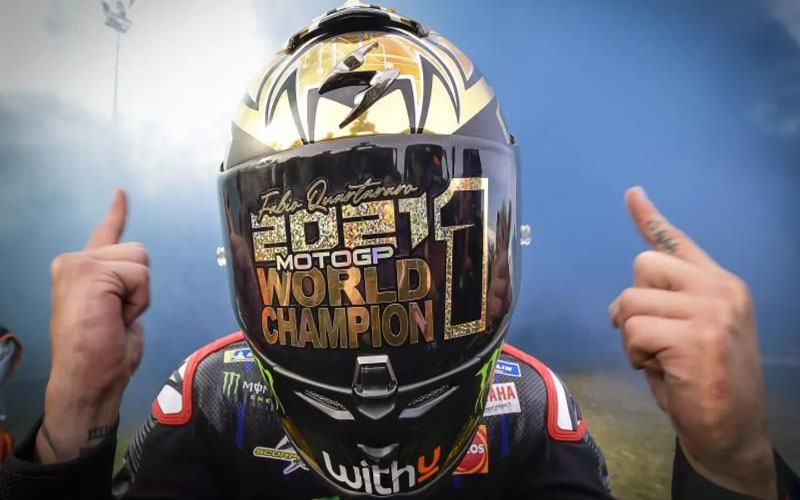The MotoGP World Championship stands as one of the pinnacle events in motorcycle racing, attracting fans, teams, and riders from all corners of the globe. This thrilling competition not only showcases incredible speed and skill but also embodies a rich history that continues to evolve with each season. Whether you are a lifelong enthusiast or a newcomer to the sport, this comprehensive guide will explore the depths of the MotoGP World Championship, detailing its history, key features, legendary figures, and what lies ahead.
Overview of MotoGP World Championship
The MotoGP World Championship consists of a series of races known as Grands Prix, held on various circuits across the world. It is regarded as the premier class of motorcycle road racing, governed by the Fédération Internationale de Motocyclisme (FIM).
This championship includes three classes: MotoGP, Moto2, and Moto3, with MotoGP being the top tier for the fastest bikes and most experienced riders. The excitement of the races is compounded by the high levels of technology, engineering, and strategy involved, making it a multifaceted spectacle that captivates millions.
History and Evolution of MotoGP
The origins of motorcycle racing can be traced back to the early 20th century, with the first recorded race taking place in 1907. However, the modern-day MotoGP World Championship began in 1949 when the FIM established the Grand Prix motorcycle racing. Initially, the championship encompassed several classes, most notably the 500cc category, which evolved into what we now know as MotoGP.
Over the years, the championship has undergone significant changes. The introduction of new technologies, enhancements in safety regulations, and the emergence of iconic manufacturers have shaped the landscape of motorcycle racing. Notably, the 1970s brought about a golden era spearheaded by legendary riders such as Giacomo Agostini and Kenny Roberts, who set the stage for future stars.
The shift towards four-stroke engines in the late 1990s marked another pivotal point, leading to the dominance of brands like Honda and Yamaha. Today, the MotoGP World Championship showcases state-of-the-art technology, including seamless gearboxes, advanced aerodynamics, and electronic systems that optimize performance.
Key Features of the Championship
The MotoGP World Championship is characterized by several unique features that set it apart from other motorsport disciplines.
One of the most notable aspects is the diverse range of tracks. The championship travels to different countries and continents, offering a variety of circuit layouts, weather conditions, and elevations. From the adrenaline-pumping twists and turns of the Mugello Circuit in Italy to the high-speed straights of the Circuit of the Americas in Austin, Texas, every race presents its own challenges.
Another defining feature is the competitive spirit among the https://gamebai247.online/ teams and riders. With multiple manufacturers like Ducati, Suzuki, KTM, and Aprilia vying for supremacy, the technological arms race fuels innovation and pushes the boundaries of performance. This relentless pursuit of excellence results in breathtaking battles on the track, where split-second decisions can determine the outcome of a race.
Moreover, team dynamics play a crucial role in shaping the championship. Each team comprises skilled engineers, mechanics, and strategists who work together to maximize their riders’ potential. From tire selection to pit stop strategies, every aspect is meticulously planned, contributing to the overall success of the team.
Importance of MotoGP in Motorcycle Racing
The MotoGP World Championship holds immense significance in the realm of motorcycle racing, serving as both a benchmark for performance and a platform for showcasing talent. It not only elevates the profile of motorcycle racing but also influences the development of road-going motorcycles.
The championship serves as a testing ground for manufacturers to push the envelope of engineering. Innovations developed for MotoGP often trickle down to consumer motorcycles, enhancing safety, performance, and efficiency. Technologies such as anti-lock braking systems (ABS), traction control, and lightweight materials find their roots in the rigorous demands of racing.
Conclusion
The MotoGP World Championship represents the ultimate convergence of speed, skill, and passion in motorcycle racing. Its storied history, coupled with the relentless pursuit of innovation and excellence, ensures that this championship remains a captivating spectacle for fans around the world.
